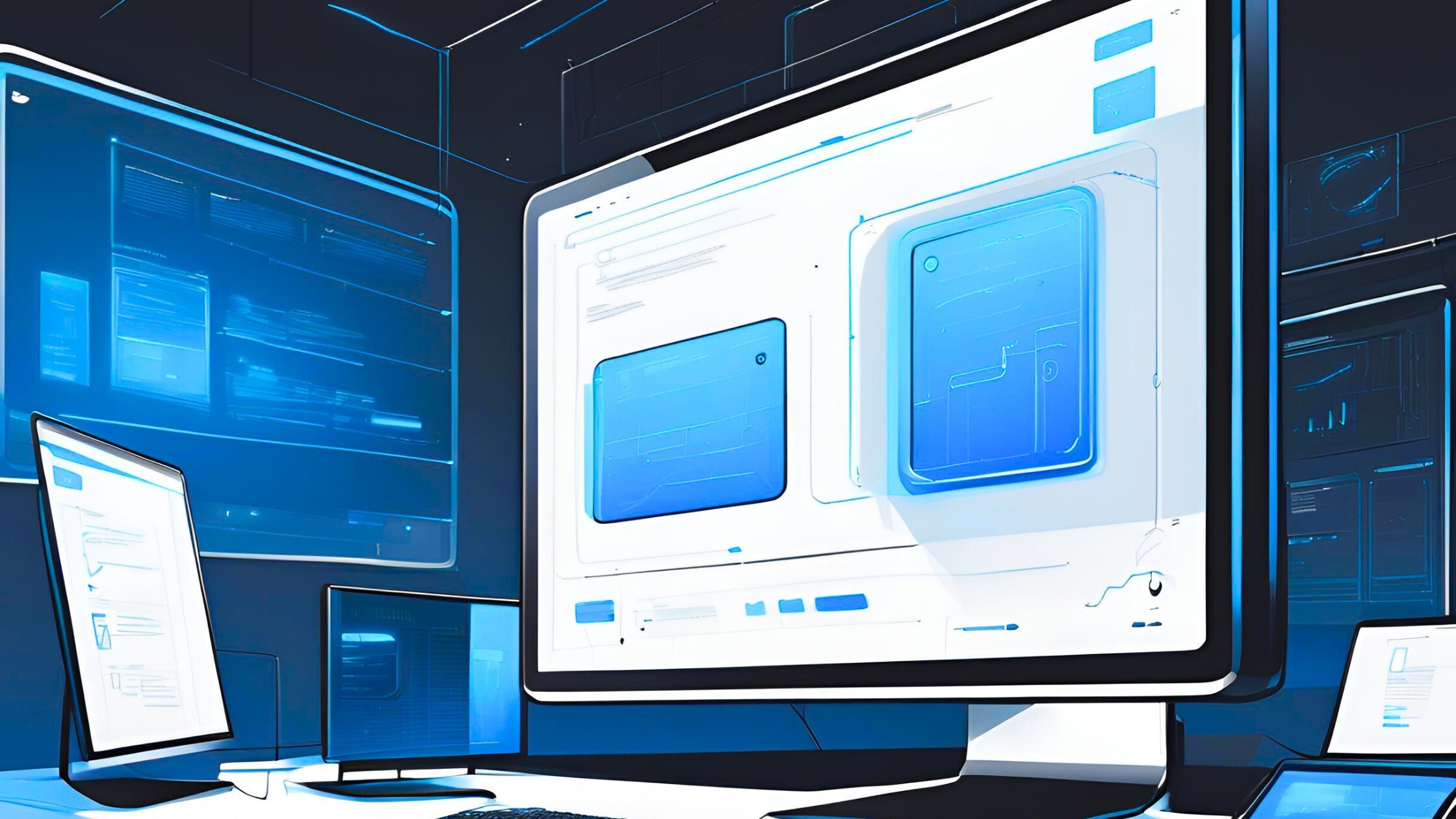Beyond Traditional CMS: How Adobe Edge Delivery Delivers on Speed and Performance

I’ve been in the trenches of content management for years, experiencing the highs and lows of website authoring, development and deployment many times over. Every so often, a truly disruptive force emerges, and Adobe’s Edge Delivery Services (EDS) is one such moment.
Our team recently had the opportunity to build and deploy a global, multilingual e-commerce site for an organization using Adobe Experience Manager’s (AEM) EDS with its innovative document-based authoring. This firsthand experience has fundamentally changed my perspective on the CMS landscape. The speed of implementation and the site’s performance, achieved with a small team leveraging these capabilities for a massive deployment of thousands of content pieces, has revolutionized my approach to CMS development and deployment.
In this article, I’ll explore common CMS challenges, the advantages and limitations of Adobe’s latest solution, and what the implications are for existing AEM customers and those considering a CMS replatforming.
First, What is Adobe Edge Delivery?
Adobe Edge Delivery, also known as Adobe Experience Manager Edge Delivery Services (AEM EDS), is a set of features and functionalities used to build, deploy and maintain websites within Adobe Experience Manager (AEM). Here’s a breakdown:
- Adobe Experience Manager: A cloud-based content management system (CMS) from Adobe that allows businesses to create, manage, and deliver digital experiences across various channels like websites, mobile apps, and more.
- Adobe Edge Delivery: A set of features within AEM that focuses on content delivery and website performance. It leverages edge computing to deliver website content faster and more efficiently to users by caching content on servers closer to those users. Not only that, it allows common website maintenance users like content creators to deploy content at rapid speed, utilizing tools and platforms they are already familiar with such as Google Docs and Microsoft Word. All of which deploy to the cloud through easy to use interfaces and simplified workflows across your digital team.
The Pain Points of Traditional CMS
If you’ve been part of any enterprise website overhaul, then you are likely very familiar with the challenges of traditional CMS implementations.
These projects are notorious for long timelines, the inherent pressures around the critical importance to business performance, and potentially sky-high costs.
And, these costs aren’t limited to licensing and support; they also encompass the complex tech stacks and integrations that require specialized (and expensive) team members.
Not only this, the CMS platform you choose significantly impacts your budget. While open-source solutions might seem cheaper initially, they carry the risk of security vulnerabilities and a lack of a clear roadmap for scaling, potentially leading to unforeseen expenses. Conversely, enterprise solutions like classic AEM or Sitecore can drive up pricing significantly, not only in the cost of the technology itself but also in the specialized (and highly compensated) staffing required for building and maintenance.
Consider a typical AEM project for an enterprise site. The engineering skills and programming languages needed can include, but are certainly not limited to, HTML, CSS, JavaScript, Java, JSON, and XML. The list goes on. And that’s just the beginning. Maintaining these systems can be a full-time job in itself.
Edge Delivery is Making Waves in the CMS Space
EDS offers a different approach to that of a traditional CMS. Adobe has truly reimagined how a CMS can deploy a significant amount of content at scale, building on years of experience and focusing on what truly matters: speed, efficiency, and a streamlined development process.
Edge Delivery Service (EDS) changes the game when it comes to building, supporting and deploying Content Management Solutions (CMS) in large scale organizations.
What Makes EDS So Revolutionary?
Let’s explore some of the key advantages I’ve experienced:
Speedy Setup
Forget about weeks of wrestling with a new and unfamiliar platform. With Adobe’s EDS, you can have a working environment up and running in a single morning—just as you’re finishing your first cup of coffee. Seriously. No complex server setups or intricate authoring interface configurations. Developers enjoy simplified front-end interfaces, and content creators can use incredibly user-friendly, familiar tools to build and deploy content.
Utilizing Familiar Tools to Implement
Speaking of user-friendly, content creators won’t need to learn entirely new tools. Adobe Edge Delivery allows you to create content using applications you already know and love, like Google Docs and Microsoft Word. This eliminates the need for additional training and empowers your team to hit the ground running with their content marketing efforts.
Easy to Deploy
Kiss server management goodbye. EDS handles it all directly on the platform. Need a new testing environment? Simply create a branch, and EDS spins it up automatically. This not only reduces infrastructure costs but also liberates your team to focus on what they do best: crafting exceptional digital experiences.
With EDS, website deployment is revolutionized. Forget about manually building out dev, QA, staging, and production environments. EDS streamlines the process, enabling you to generate new environments with the click of a button. This agility eliminates the need for dedicated infrastructure staff and accelerates your team’s ability to deliver code from day one.
Simplified Development Process
Gone are the days when bringing a new team member onto the team and then sending them out to go learn a platform. If they know front-end technologies and programming languages, they can contribute to EDS projects immediately. No more lengthy platform-specific training.
SEO-Optimized Performance by Design
In today’s fast-paced digital world, website performance is paramount. Adobe’s Edge Delivery is built with speed in mind, making it easier than ever to achieve those coveted high Lighthouse scores to enable stronger search engine optimization (SEO) for your website.
Seamless Content Migration
Migrating existing content can be a nightmare. But Adobe has you covered with a dedicated import tool that simplifies the process.
The Current Landscape and Future Roadmap
Although Adobe Edge Delivery Services has the potential to revolutionize the industry, it is still relatively new and undergoing development. However, we have identified several promising areas on the roadmap that could really elevate Edge Delivery to a leadership position in the CMS market:
Adobe Asset Management Challenges
EDS’s asset management capabilities are still currently limited. For standard website needs, it’s certainly sufficient. However, for more complex DAM requirements like asset tagging and approval workflows for assets/imagery, you’ll still want to use Adobe Assets.
While this may add some complexity to the infrastructure, it provides a robust way to scale your asset management capabilities.
The Need for Mass Content Editing Tools
While Adobe Edge Delivery Services offers the unique advantage of leveraging familiar content authoring tools like Google Docs and Microsoft Word, making mass changes to content can be challenging.
Since there isn’t a traditional database or structured content repository in the backend, updating key elements across multiple pages can be cumbersome. For example, if you wanted to change a call to action title across 25 case study pages, you couldn’t simply update a database field or template component. You’d need to modify each page individually.
Although some third-party tools can help, there’s currently no built-in solution within the platform. To mitigate this, it’s crucial to complete as much content transformation as possible during the initial extraction and import process. Once the pages are imported, making mass changes becomes significantly more difficult.
The Implications of a Missing Middle Layer
The absence of a middle layer simplifies the architecture, but it also requires careful planning for projects that need that functionality.
My Wish List for EDS
Here’s what I’d love to see on the EDS roadmap:
- Enhanced Content Manipulation Tools: A plugin for mass content edits, similar to the existing Sidekick, would be a game-changer.
- Integrated Testing Framework: A built-in testing framework would be invaluable for ensuring code quality!
- Deeper Assets Integration: Improved integration with Adobe Assets, including better visibility into asset usage, would be a major plus.
Living on the Edge of Adobe’s Edge Delivery
The market is hungry for solutions like EDS. In a world where speed and agility are essential, Adobe’s latest CMS innovation empowers businesses to deliver exceptional digital experiences.
For Businesses Already on AEM
- Legacy AEM Instances: If you’re running on a legacy AEM instance, EDS offers a compelling path to modernization. You can gradually transition to EDS, starting with specific sections of your site. This allows you to experience the benefits of EDS without a disruptive overhaul.
- Early Stages of AEM Implementation: If you’re in the early stages of an AEM implementation, consider switching to EDS. You’ll benefit from a simplified architecture, faster deployment, and reduced development costs.
For Businesses Without AEM
- No AEM Today: There’s never been a better time to embrace EDS. The lower implementation costs and simplified development process make it a compelling choice for businesses of all sizes. You can bypass the complexities of traditional AEM and jump straight to a modern, streamlined CMS.
The Bottom Line
EDS is a significant leap forward in the CMS landscape. It tackles the core challenges of speed, cost, and complexity, allowing businesses to focus on what matters most: delivering outstanding user experiences.
While there are still some areas for improvement, the potential of EDS is undeniable. I’m excited to see how it continues to evolve and shape the future of digital.
Interested in chatting through EDS implementation or optimization? Contact us today!





